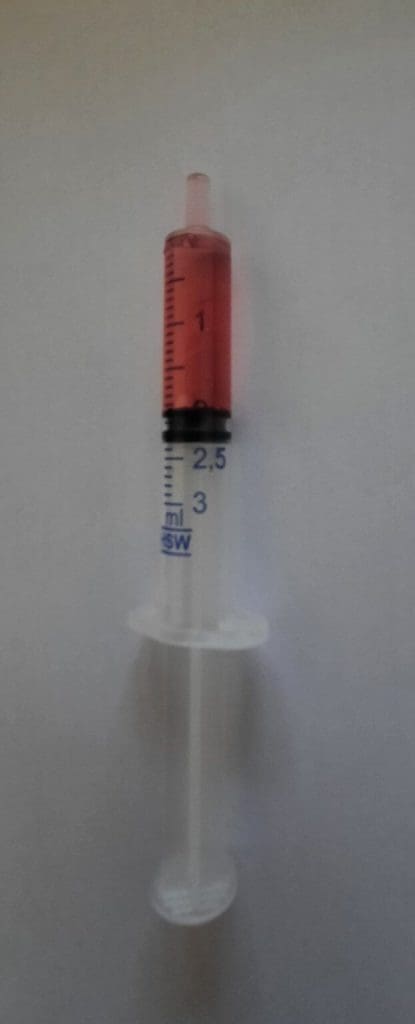
How to measure correctly medications in syrup form? Or what is milliliter and what is CC?
So you’ve been to the pediatrician. He examined your child and eventually prescribed a medication to give to your child, in the form of syrup. So, what is milliliter and what is CC? How not to get confused?
What are the units of measurements when administrating syrup to children?
We measure dosage of medication in two forms:
By weight – mostly milligram or mg.
By volume – You will see two forms in this regards – ml (milliliter) or cc (cubic centimeter).
What’s important to know is this – you do not care about the weight of the active ingredient in the medication by milligram, you want to know the volume in CC or ml.
It’s important to understand the 1 cc equals to 1 ml since the physician or the pharmacist will be using one of these measurement units.
You want to be more sophisticated? We usually use the weight measurements (mg) when giving tablets in adults. For example, 500 milligram of Amoxicillin or Paracetamol. We use the volume measurements (ml or cc) when administrating syrup to children.
So how much syrup to administer? How to measure?
It’s very simple. See in the enclosed photo a syringe filled with grape juice at a volume of 2 cc or 2 ml. on the syringe there are scale marks, indicating the volume inside the syringe. There are different designs and colors but the concept is the same.
The scale marks will by marked by long lines and numbers stating the amount of ml, with shorter lines in between them, each one indicating 0.1 ml.
Meaning – if the physician or the pharmacist told you to administer 2 ml or cc, you draw the plunger back until the rubber end of the plunger handle reaches 2. If you were instructed to give 2.5 ml, you draw until the middle line between 2 and 3 (that line will probably be a bit longer).
If it is really important to get the dosage right (see comment below) and the physician prescribed 3.7 ml, than the rubber end of the plunger should be 7 line marks above the number 3. And so on.
If the physician wrote 8 ml, twice a day, and you only have one syringe of of 3 ml (as seen in the photo)? Than two whole syringes plus 2 ml.
Remember you can use a syringe you have at home (like the one used to administer paracetamol or ibuprofen) or just buy another one at the pharmacy.
Another thing worth mentioning – there are very little medications in which the accuracy in the level of a decimal point is really important. The physician who prescribed the medication will know that, and will try to round up the volume to whole milliliters or half a milliliter. If the physician wrote a dosage that is hard to draw and administer, ask him if you can round off the number.
Good luck.
For comments and questions, please register
